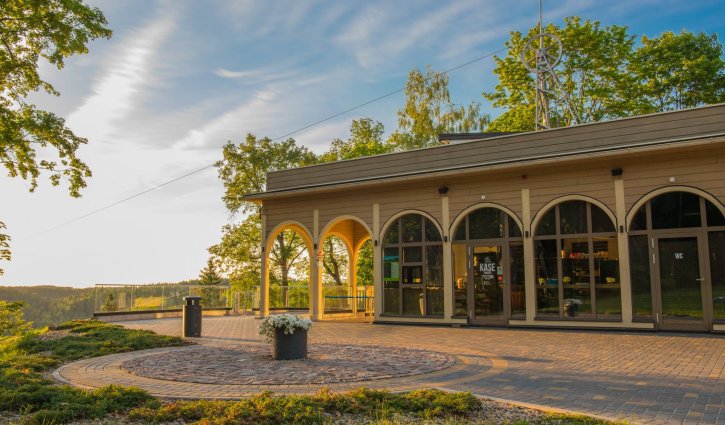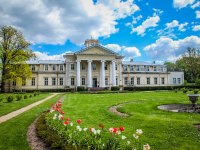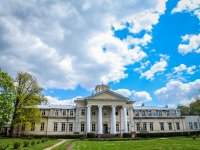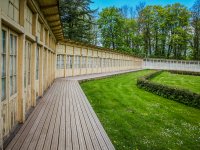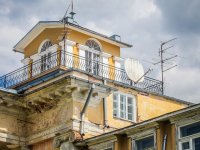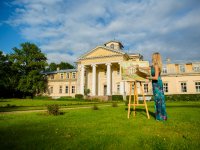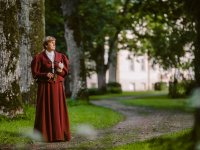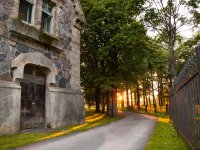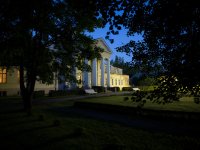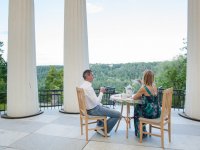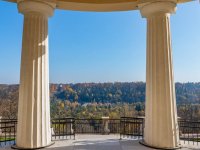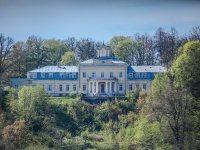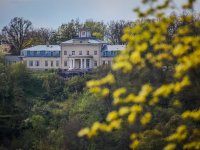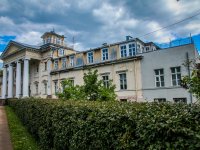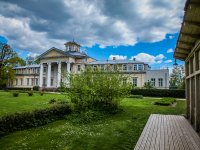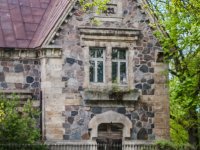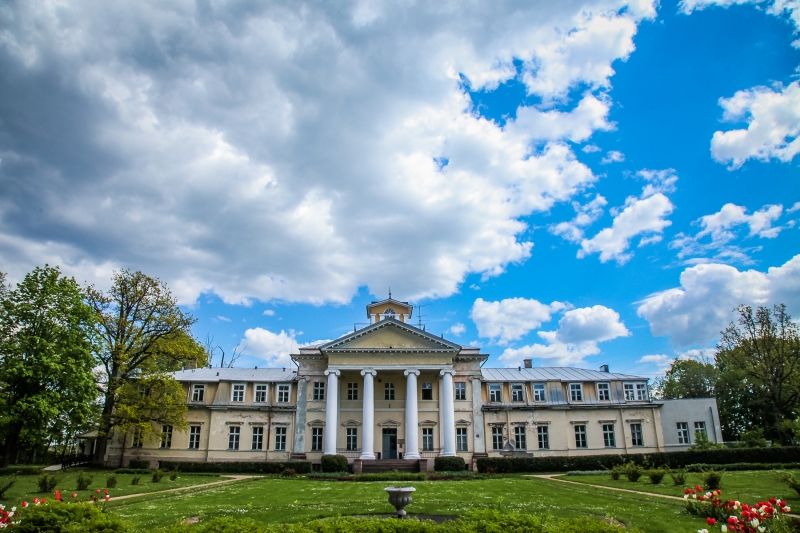
The residential house of Firsts Lievens was built around 1822 in the style of classicism. The manor complex features the manager’s house, coach house, cattle yard, Swiss House, etc. For 95 years already, a rehabilitation institution, which offers accommodation services as well, has been operating at the manor. Tasting events of fruit and floral wines are offered to the guests of the manor by prior arrangement. The medieval castle is situated nearby.
| Address | Mednieku iela 3, Sigulda |
| Coordinates | 57.167765 24.829883 |
| Phone | +371 29111619 |
| www | www.krimuldasmuiza.lv |
Ancient manuscripts show that, by the 15th century, the area between Krimulda castle and the park ponds had become a town of craftsmen. The population continued to grow, overtaking that of both Sigulda and the opposite bank of Gauja until it became the established center of the region. This changed dramatically after the fire when only four people remained. Later documents mention only one inhabitant.
When the castles of the Livonian Order and the Archbishop of Riga were leased out in 1566, Krimulda manor became a self-sustaining feudal property.
The castle changed hands from one owner to another up until 1817 when it was purchased at auction by Prince Johan George Liven. The Prince, whose family claim they are descended from the Liv leader Kaupo, made the purchase based on his historical ties. He built a manor commensurate to the family status and also developed a romantic park in the area. The castle itself is a relatively small building with a cube-like central part. It is decorated by a massive porch supported by four columns and has symmetrical one-story wings on both sides. Undisputedly, it’s most notable attribute is its placement within the natural setting. Inhabitants and guests alike could enjoy the scenic view from the precipice terrace, the balcony, or the little tower.
For many years people thought the castle was built in the middle of the 19th century until art historian and castle researcher -Dainis Brugis - came to a different conclusion. Following a careful analysis of the facts and biographical information of the owners of Krimulda manor, he concluded that the manor had been built in 1822. This building is one of the most notable examples in Latvia of a classic villa.
Krimulda palace isn't the only building remaining in the estate complex. The stable, built-in 1893, is an excellent example of traditional asymmetric style construction using broken boulders. Also on the estate, you can view the steward’s house, a barn, an oasthouse, and the former Sveices/Swiss house. The Swiss house is one of the last remaining examples of the boarding-house type buildings which were common here during the 19th century. Before World War I, it was a boarding house for aristocrats and higher government clerks.
Krimulda Manor garden
Similar to other manors in Vidzeme Krimulda manor also had its own gardens. The gardens were developed in late 19th century and early 20th century, by its owners at that time Lieven’s. There were several greenhouses from which one was heated. Vegetables, fruits, flowers and herbs were grown for the manor’s inhabitants use.
During World War Krimulda manor economic center, including gardens were destroyed. After the agrarian reform in 1922 par of Krimulda manor was under Latvian Red Cross responsibility. Krimulda manor became the only bone tuberculosis medical institution in Latvia, at that time. Sanatorium had its own subsidiary which supplied patients and staff with milk, meat, fruit and other products. Latvian Red Cross in 1928 restored mansion greenhouse complex. In Soviet times, the former manor gardening site replaced by another greenhouse complex with several heated greenhouses.
In the coming years, it has been planned to reconstruct Krimulda manor gardens, restoring the former manor farm garden with vegetable, flowers and herb beds, which will be usable and practical as well as beautiful and decorative.
In 1921 the state took over Krimulda manor allowing the Latvian Red Cross to establish the only sanatorium in the country for tuberculosis treatment. The Swiss house was initially turned into a rehabilitation house for soldiers, but later became apartments for the sanatorium employees. The house continued as a healing facility through World War II. Nowadays it is a certified rehabilitation center with both hotel and hostel types of lodging available.






